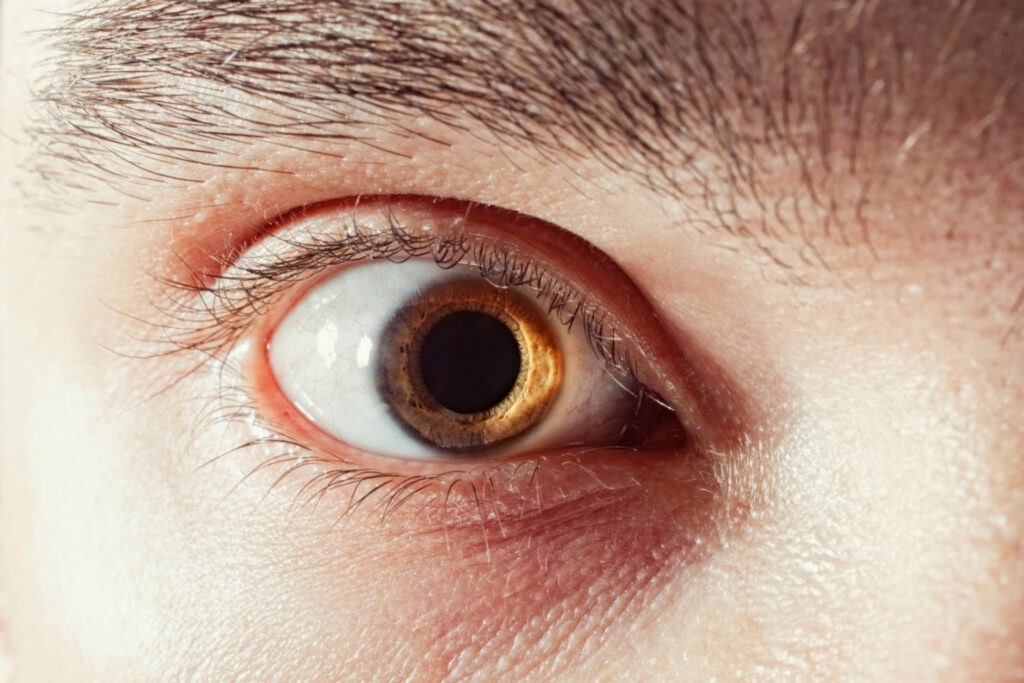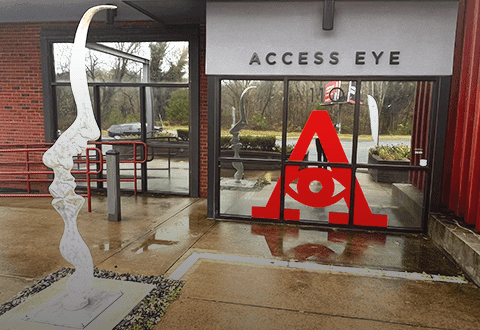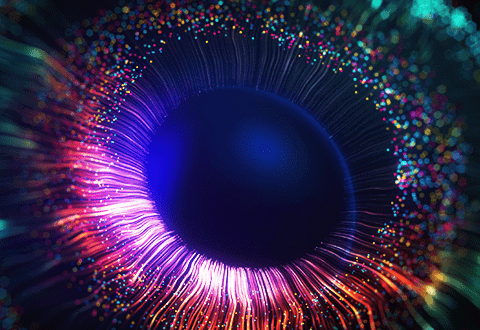Why Optos Doesn’t Replace Dilation

The doctors at Access Eye recommend a comprehensive eye exam every year. A regular eye exam can help detect vision problems and the early signs of eye disease. If you have had an eye exam, you may be familiar with the process, including eye dilation. Eye dilation is an important part of the eye exam. However, some patients may be curious about alternatives, including retinal digital imaging. Here, the doctors at Access Eye discuss why Optos retinal digital imaging doesn’t replace dilation.
Eye Exam
Regular eye exams are important for detecting eye and vision problems. If you have such a problem, you may not have any signs or symptoms. Without an eye exam, your eye problems could progress unnoticed, resulting in health complications and possible vision loss.
During an eye exam appointment at Access Eye, you will have a discussion with your optometrist’s technician. They will ask you about your health and medical history, as well as the health of your eyes. Your optometrist will then test your vision and go over your current prescription.
Dilated Eye Exam
An important part of your eye exam is the dilated eye exam. During a dilated eye exam, an Access Eye provider uses special eye drops to dilate your pupils. Dilating the pupils with drops allows more light into your eyes. This ensures your optometrist has a clear view into the back of your eyes.
Pupil dilation takes 10 to 30 minutes. Once dilated, your optometrist is able to assess your lens and look at your eye’s retina, optic nerve, and blood vessels. This is the best way for your optometrist to assess your eye health. Dilation makes it possible for your optometrist to detect diseases, macular degeneration, retinal issues, and other serious health problems.
Dilation is painless and wears off after a few hours.
Optomap
As technology advances, so does eye care. One such advancement is the optomap. The optomap is a digital image of the retina. It is created using Optos scanning laser technology. The scan takes less than a second and can be viewed immediately by you and your optometrist. Optos claims that the optomap captures an 82% view of the retina at one time.
While the optomap is an interesting tool, it cannot and should not be used to replace dilation. The optomap has many limitations. It does not provide a complete image of the retina and prevents a thorough assessment of your eye health. Patients may be tempted to request the optomap in lieu of their dilated eye exam. However, the best and only way to thoroughly assess eye health is by an optometrist completing a comprehensive eye exam, which typically includes dilation.
















